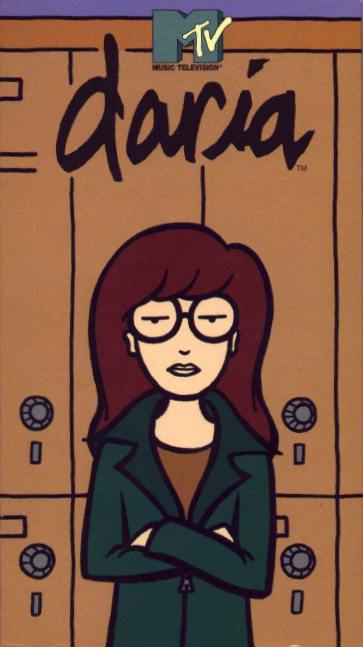
The Simpson is an interesting cartoon to evaluate because in many ways it’s a combination of a domestic situation comedy (sitcom) and a regular animated cartoon. The characters have distinct personalities as cartoons, and each one plays a different consistent role throughout each episode. Beginning with Homer Simpson, we see the atypical dysfunctional father. Homer is not like the father on Father Knows Best, who is authoritative and concerned with slight hints of wit in his conversations. He’s actually more like Al Bundy from Married With Children and the father from Roseanne, who has more of a conflicting relationship with this wife and children. He does not live his life wearing a suit even when in the house, but instead is the average blue-collared worker dealing with criticism from his wife, children, and society. He faces outlandish dilemmas in each episode and has to work with his wife, Marge (who does assume the motherly housewife role well) to do what’s best for his family – but mostly, for himself. He is not wise beyond belief, offering great advice to his kids. Homer is just the representation of an average father who is not planning on winning Father of the Year.
The Simpson family lives in the confines of the suburbs in Springfield, and have all the elements for the basic sitcom family formula. While there are certain instances in the show that seem unrealistic, overall the Simpson family is relatable because they are not like the endlessly responsible families in traditional sitcoms such as the Huxtables (The Cosby Show) or the Keatons. The things the Simpsons deal with are family issues with a twist. The kids are good at the end of the day, but Bart Simpson is always the problem child. In a way, the antics of Homer and Bart are what carry the show’s plot. Things like alien invasions or nuclear power plant explosions might come up in an episode of the Simpsons, but it would still be presented in a believable way. If someone has an anvil dropped on them, for example, the audience would be shown the pain in some way and the character will not get up and walk around like nothing ever happened.
One way The Simpsons uses traditional genres from sitcoms and cartoons to successfully bring everything together can be traced back to Warner Brothers cartoons of the 40’s and 50’s. These cartoon characters were made for the general audience and even those sophisticated members of society thought they were appealing. As decades went on, cartoons were stereotyped as being for children and finally once cartoons like the Simpsons came along, adults were returning as an audience. The animation appealed to the younger set but the dirty jokes and adult themes brought in the older set. There were cartoon predecessors like The Flintstones and The Jetsons that started this, but The Simpsons was more of a modern-day cartoon with real-life crisis. Other things within The Simpsons that drew in that postmodern audience is the cartoon they watch called Itchy and Scratchy, which is a sadistic satire of Tom and Jerry. The Simpsons does not succumb to traditional sitcom rules, and that is what makes it so appealing.
There are now more shows like that such as Family Guy, a personal favorite of mine. Then there’s Daria – a show I use to watch when new episodes were being made regularly. With Family Guy, I realized that there were certain similarities between the loaf-ish father in that cartoon and Homer in The Simpsons. The kids were more as back up characters, but the parents were very similar to the yellow-skinned inhabitants of that pink house in Springfield. Daria is an example of a cartoon show where the main character has a typical family, but basically has the focus on her and her sarcastic life comments. It’s like the reversal of what The Simpson’s does – instead of being about one dysfunctional family, it’s about one dysfunctional girl.


I used to love Daria too!
ReplyDelete